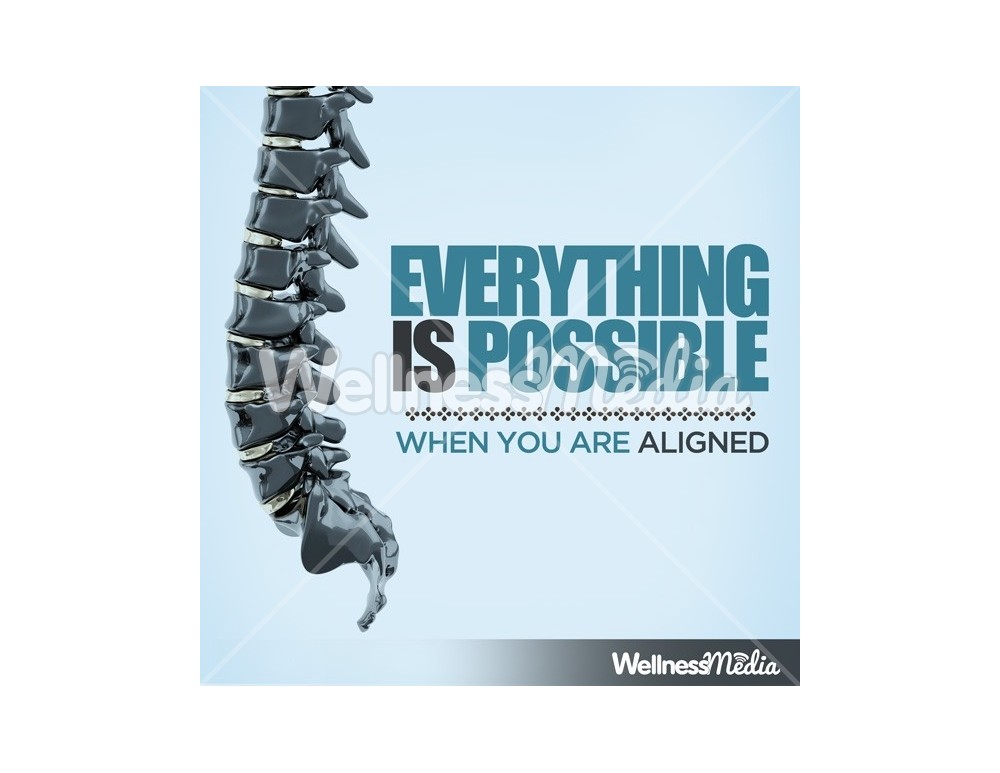Frequent Activities That Add To Pain In The Back And Ways To Stop Them
Frequent Activities That Add To Pain In The Back And Ways To Stop Them
Blog Article
Published By-Love Dempsey
Preserving correct stance and preventing common risks in everyday activities can dramatically impact your back health and wellness. From how you rest at your workdesk to exactly how you raise heavy objects, little changes can make a large distinction. Envision a day without the nagging neck and back pain that prevents your every step; the remedy could be simpler than you think. By making a few tweaks to your daily routines, you could be on your way to a pain-free presence.
Poor Pose and Sedentary Way Of Living
Poor position and a less active way of living are two significant factors to pain in the back. When you slouch or hunch over while sitting or standing, you put unneeded stress on your back muscle mass and spine. This can lead to muscular tissue inequalities, stress, and at some point, persistent pain in the back. Additionally, sitting for long periods without breaks or physical activity can damage your back muscle mass and bring about rigidity and discomfort.
To battle poor stance, make a mindful initiative to sit and stand right with your shoulders back and straightened with your ears. Bear in mind to maintain your feet flat on the ground and prevent crossing your legs for extended durations.
Including normal extending and reinforcing exercises into your day-to-day routine can also aid improve your posture and minimize neck and back pain related to a less active way of life.
Incorrect Lifting Techniques
Incorrect training methods can substantially add to neck and back pain and injuries. When you raise hefty items, bear in mind to flex your knees and utilize your legs to raise, rather than depending on your back muscles. Stay clear of turning your body while training and maintain the things close to your body to lower pressure on your back. It's essential to maintain a straight back and prevent rounding your shoulders while raising to stop unnecessary stress on your back.
Always evaluate the weight of the object before raising it. If it's too heavy, request help or usage devices like a dolly or cart to deliver it safely.
Bear in mind to take breaks during raising jobs to give your back muscle mass an opportunity to relax and prevent overexertion. By carrying out appropriate lifting strategies, you can prevent neck and back pain and reduce the threat of injuries, guaranteeing your back stays healthy and balanced and strong for the long-term.
Lack of Normal Exercise and Stretching
An inactive way of living lacking regular exercise and stretching can significantly add to back pain and discomfort. When you do not take part in exercise, your muscles become weak and stringent, bring about inadequate position and boosted stress on your back. deep chiropractic adjustment near me helps strengthen the muscular tissues that support your spine, improving stability and reducing the risk of neck and back pain. Incorporating extending into your routine can likewise improve flexibility, avoiding stiffness and pain in your back muscles.
To prevent back pain brought on by an absence of exercise and extending, aim for at the very least half an hour of moderate physical activity most days of the week. Include exercises that target your core muscle mass, as a strong core can aid relieve pressure on your back.
Additionally, take breaks to stretch and move throughout the day, specifically if you have a desk job. Straightforward stretches like touching your toes or doing shoulder rolls can aid ease stress and protect against neck and back pain. Prioritizing routine workout and extending can go a long way in maintaining a healthy back and minimizing discomfort.
Conclusion
So, keep in mind to stay up right, lift with your legs, and remain active to avoid back pain. By making https://www.chiroeco.com/aging-backwards/ to your everyday routines, you can prevent the discomfort and constraints that come with back pain. Take care of your spinal column and muscles by practicing good posture, correct lifting techniques, and regular exercise. Your back will certainly thank you for it!
